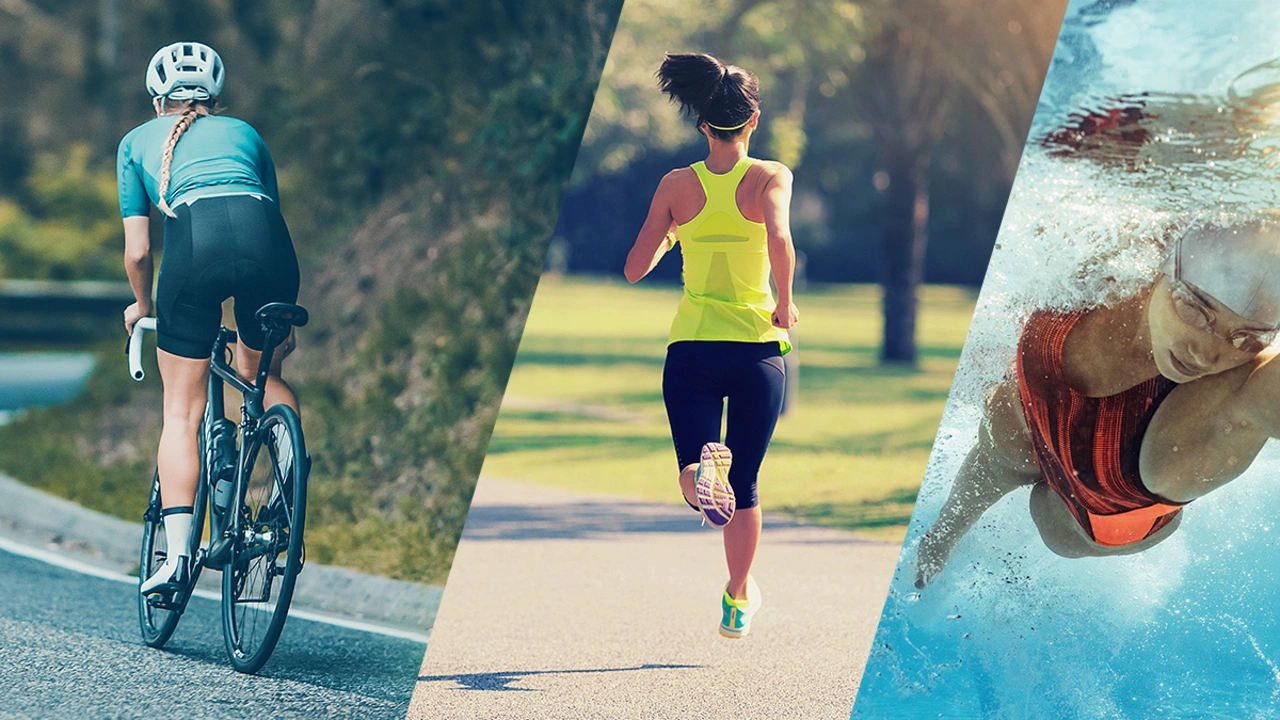Endurance Building for Cyclists: Simple Ways to Ride Longer and Stronger
Ever finish a race and just keep pedaling? That extra spin isn’t show‑off; it’s a key habit for building endurance. Your muscles stay loose, blood keeps flowing, and you teach your body to recover faster. Let’s break down the everyday actions that turn a short sprint into a long‑lasting ride.
Keep Moving After the Finish
Cool‑downs are more than a polite finish. Ride at an easy pace for 10‑15 minutes after any hard effort. This gradual drop in intensity flushes out waste products like lactic acid and prevents stiffness. It also trains your cardiovascular system to stay active longer, which translates to better stamina on the next ride.
Smart Long‑Ride Strategies
Going for a longer ride doesn’t mean just adding miles. Start with a baseline distance you’re comfortable with, then add 10‑15% each week. Mix in a few hills or short bursts of higher effort to simulate race conditions. Keeping your heart rate in the aerobic zone (around 65‑75% of max) builds a solid endurance base without over‑taxing you.
Nutrition plays a huge role, too. Eat a balanced snack with carbs and protein within 30 minutes of finishing a long ride. During rides longer than an hour, sip a sports drink or chew a small energy gel every 45‑60 minutes to keep glycogen levels steady.
Intervals might sound like a speed workout, but they’re gold for stamina. Try a 5‑minute hard effort followed by 5 minutes easy, repeat 4‑6 times. This pushes your aerobic ceiling while teaching your body to recover quickly between efforts—exactly the pattern you face on a tough climb.
Strength work off the bike helps too. Simple squat sets, lunges, and core planks improve the power you send to the pedals and reduce fatigue. Aim for two short sessions a week and you’ll notice less wobble on those long climbs.
Make gear work for you. A well‑fitted bike, proper saddle height, and padded bike shorts reduce discomfort, letting you stay on the bike longer without sore spots. Small adjustments can add big mileage to your endurance plan.
Finally, track your progress. Use a bike computer or smartphone app to log distance, average speed, and heart rate. Seeing numbers improve over weeks keeps motivation high and helps you fine‑tune training intensity.
Combine cool‑downs, progressive long rides, smart intervals, nutrition, strength, and the right gear, and you’ll notice your legs lasting further, faster, and feeling stronger on every outing.
How does cycling make you a better runner?
In my experience, cycling can greatly enhance your running skills. It's an excellent cross-training exercise that builds strength in your legs, particularly in areas that running doesn't typically target, leading to overall improved performance. Cycling also offers a low-impact alternative to running, which can help reduce the risk of injuries from overuse. Plus, it's a great way to boost your cardiovascular fitness, which is key for long-distance running. Lastly, cycling can help improve your running cadence, making your steps more efficient and faster.
More